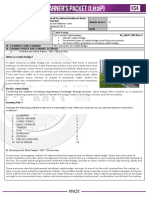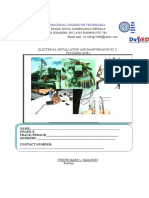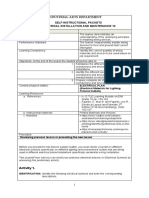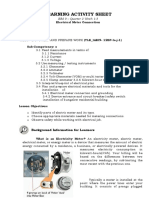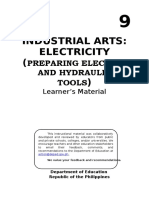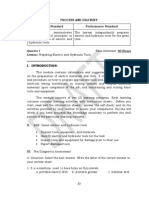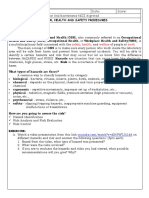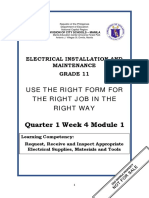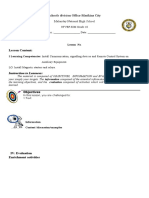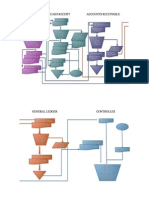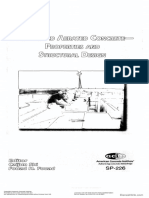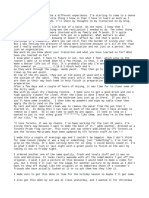0% found this document useful (0 votes)
637 views24 pagesEIM 12 Q1 Module 5
Uploaded by
Rodgene L Malunes (Lunduyan)Copyright
© © All Rights Reserved
We take content rights seriously. If you suspect this is your content, claim it here.
Available Formats
Download as PDF, TXT or read online on Scribd
0% found this document useful (0 votes)
637 views24 pagesEIM 12 Q1 Module 5
Uploaded by
Rodgene L Malunes (Lunduyan)Copyright
© © All Rights Reserved
We take content rights seriously. If you suspect this is your content, claim it here.
Available Formats
Download as PDF, TXT or read online on Scribd
/ 24



